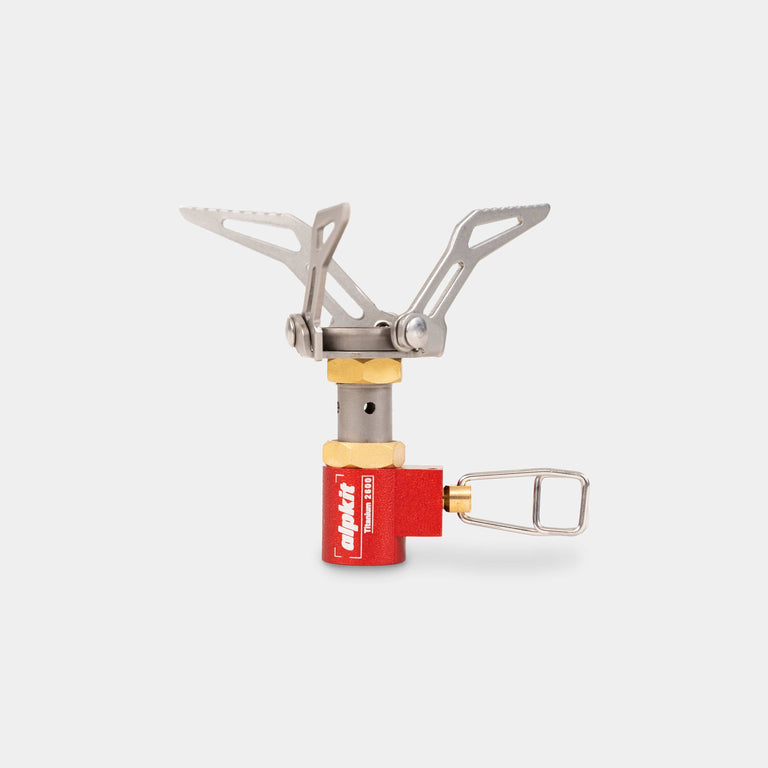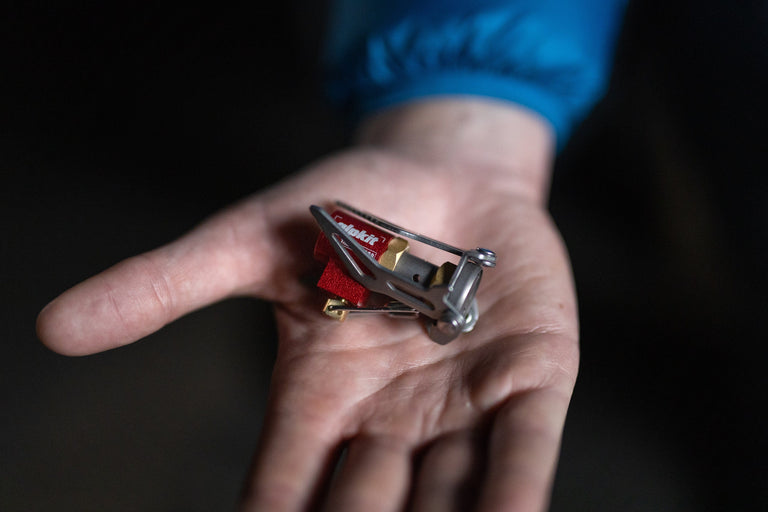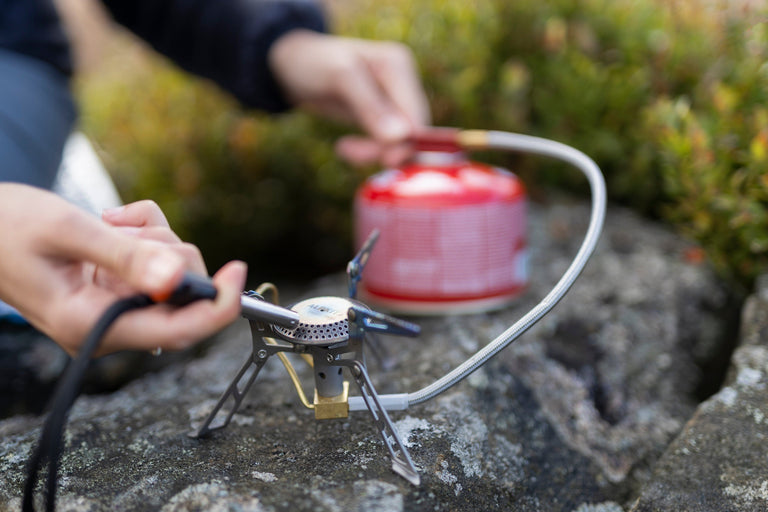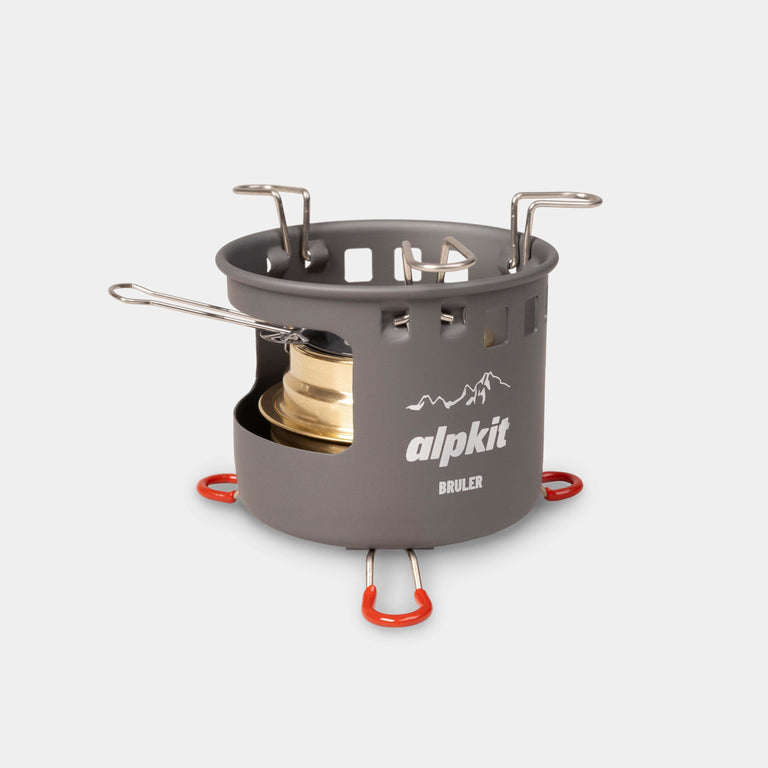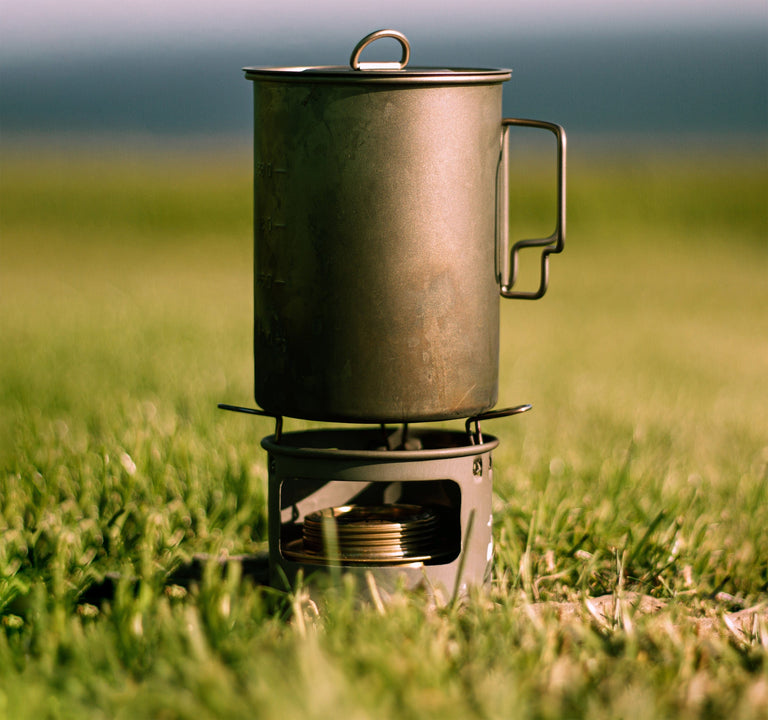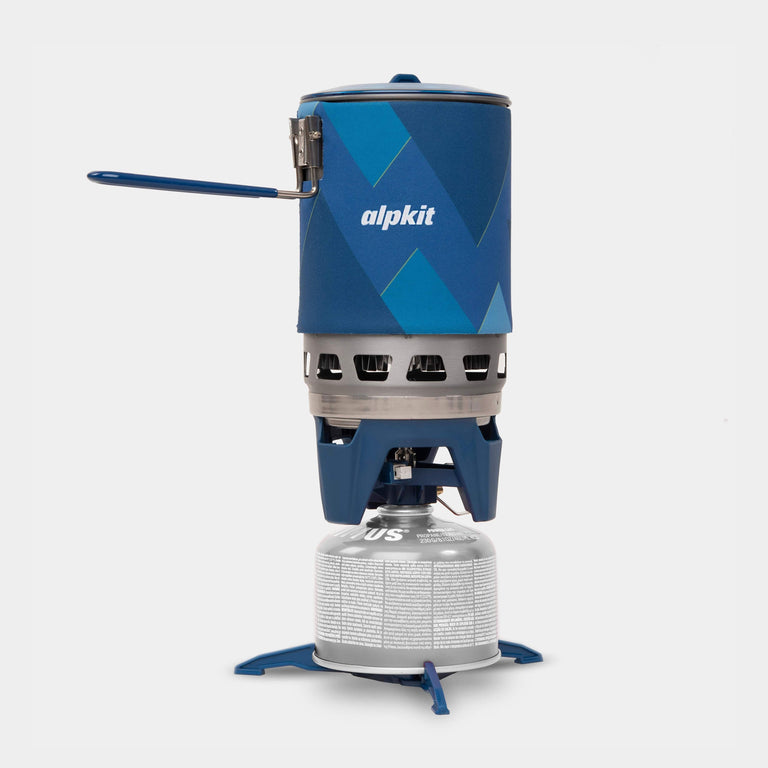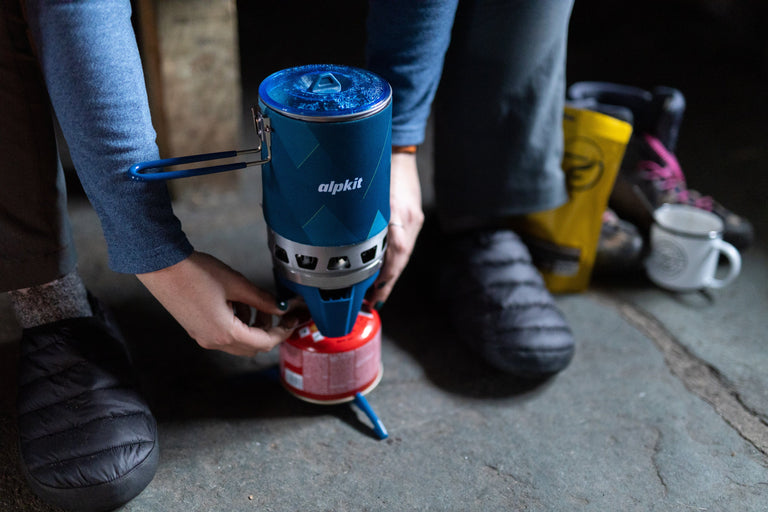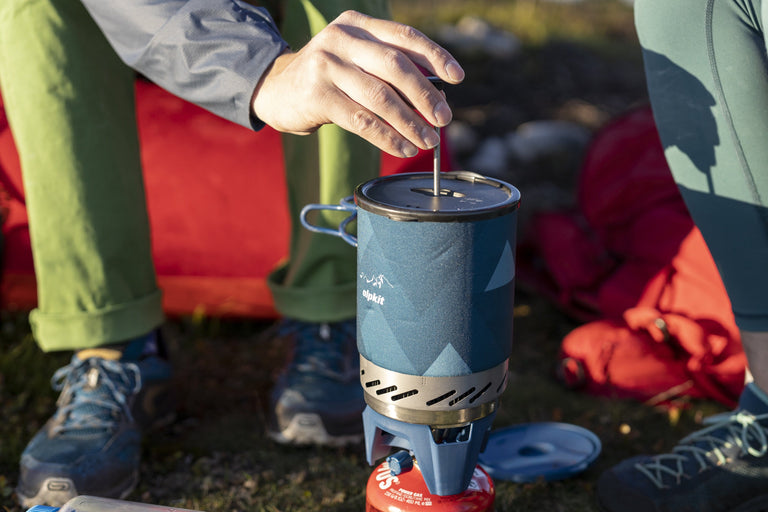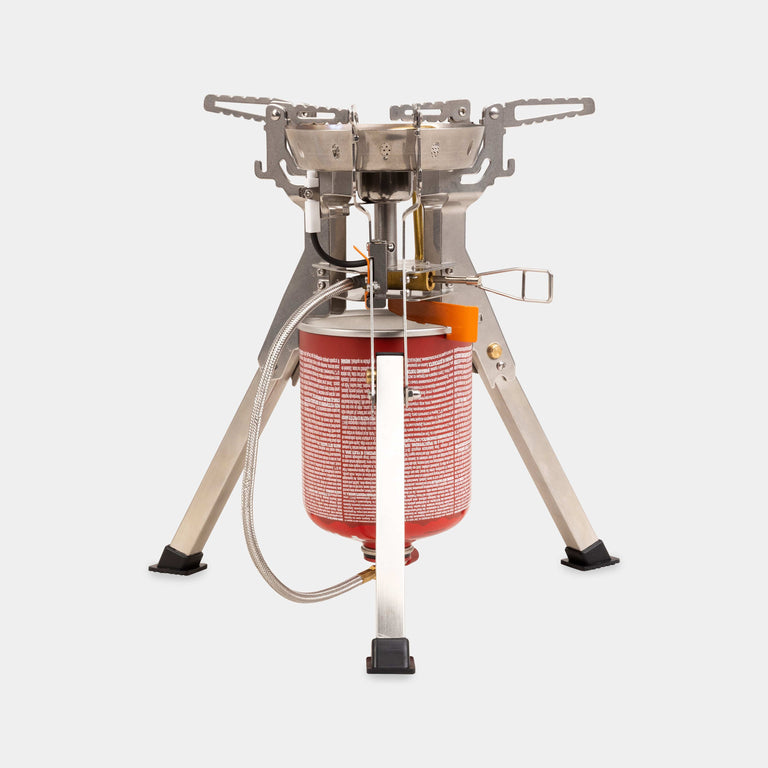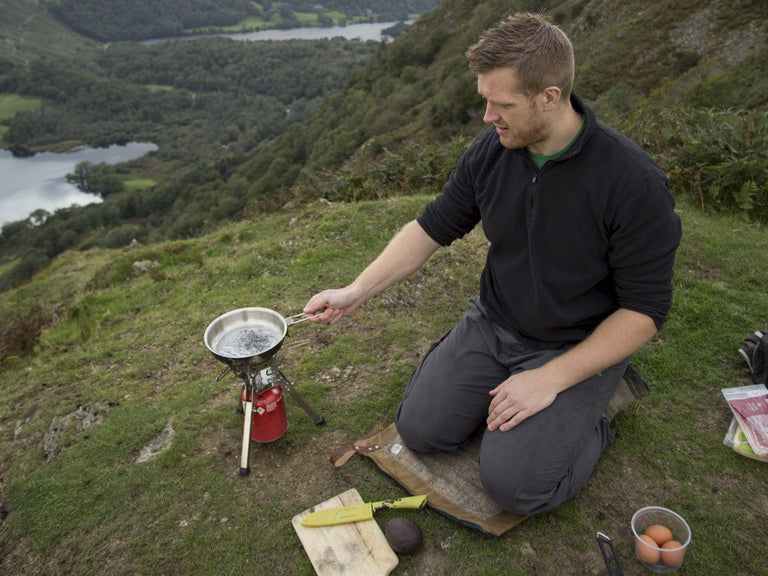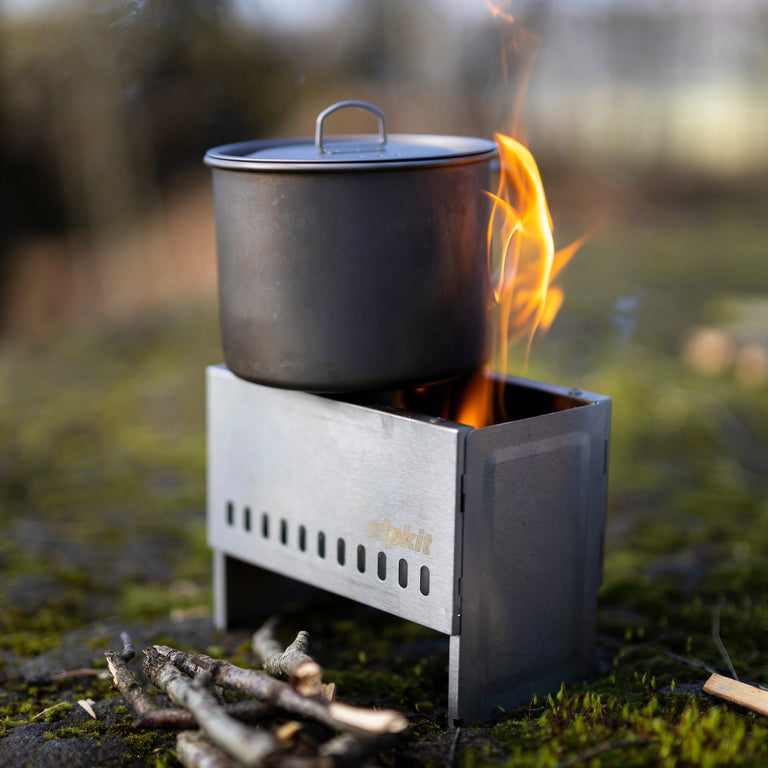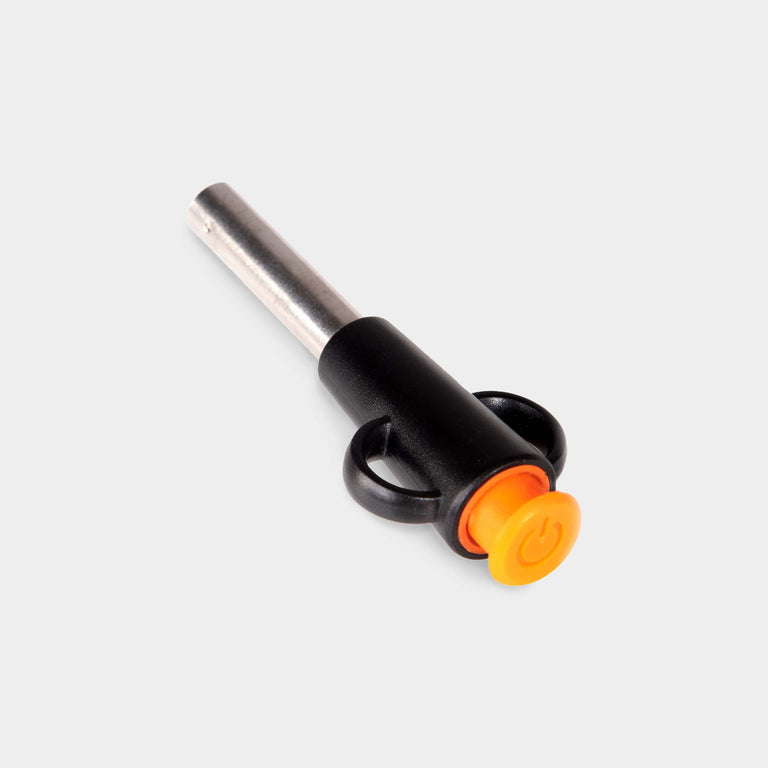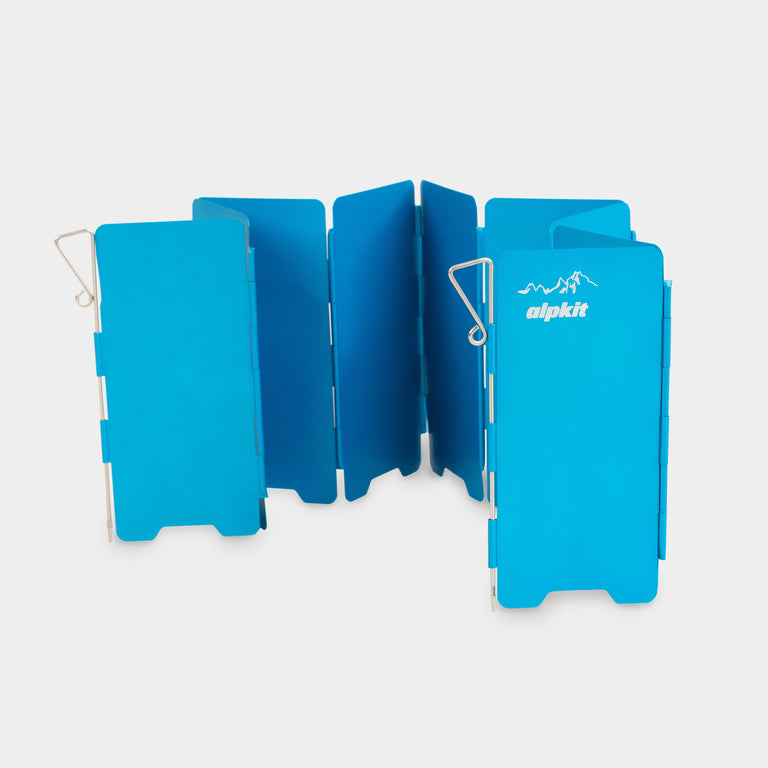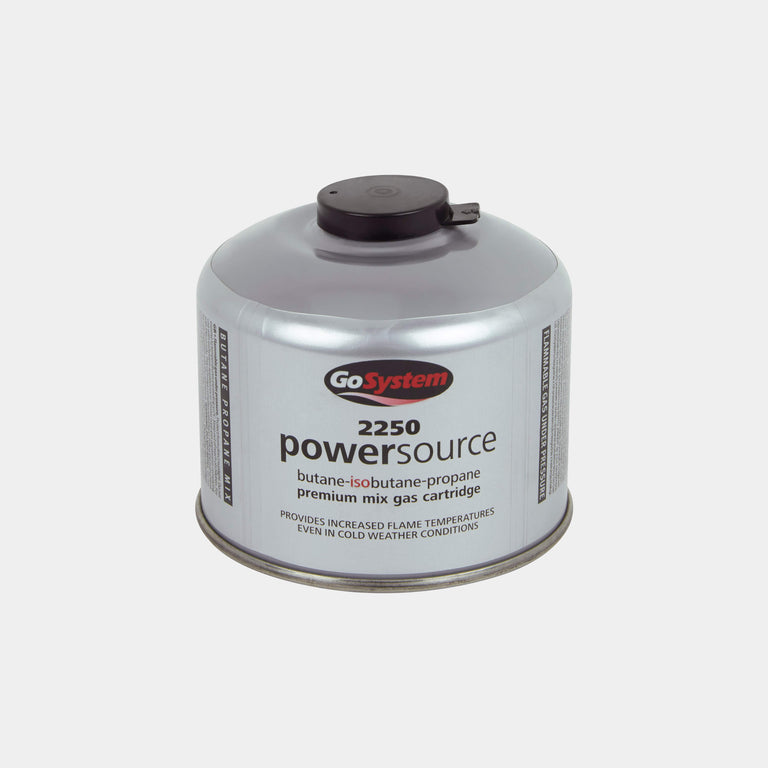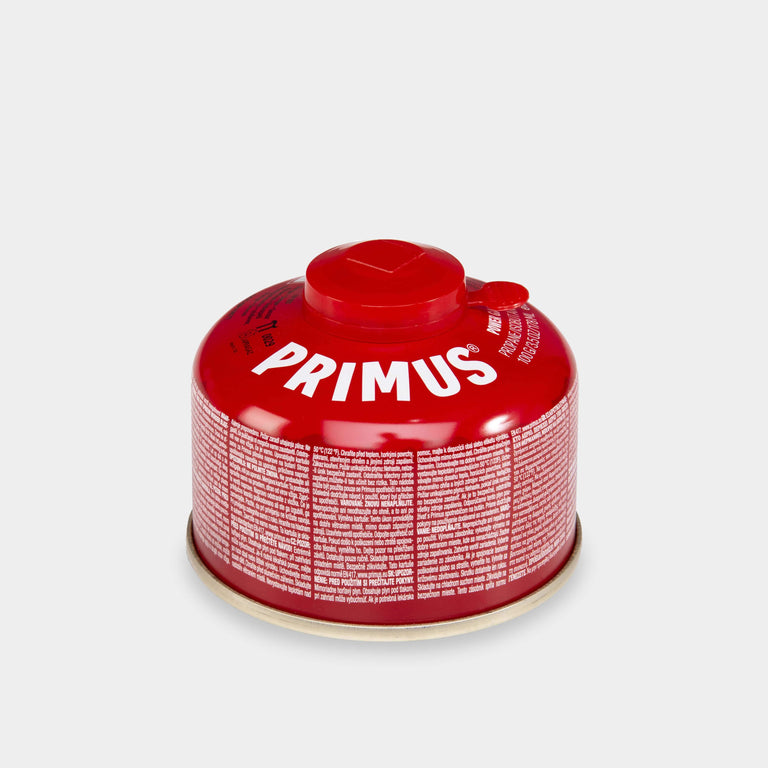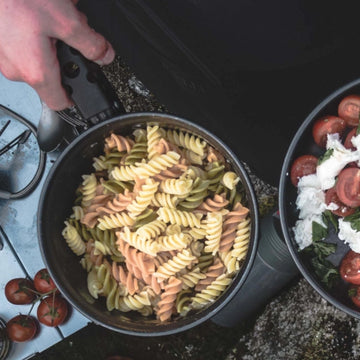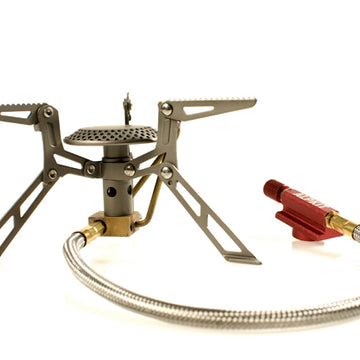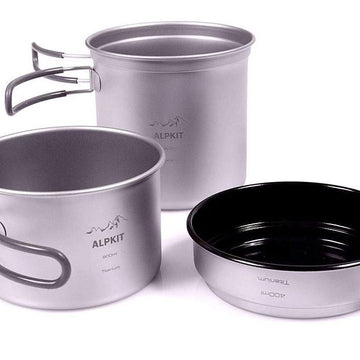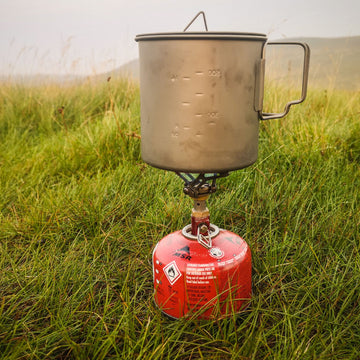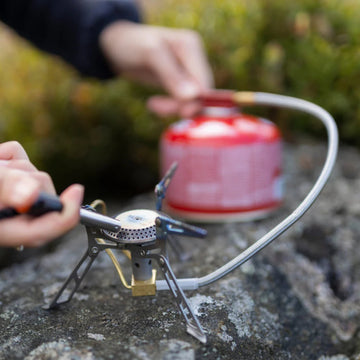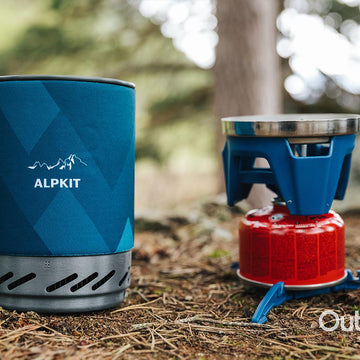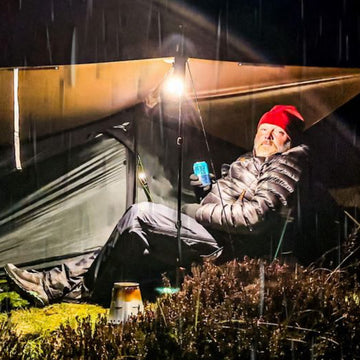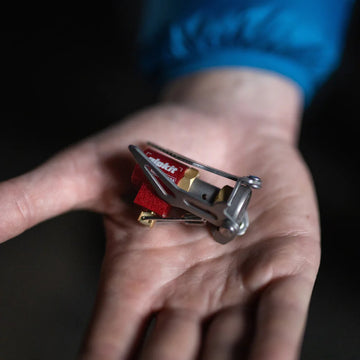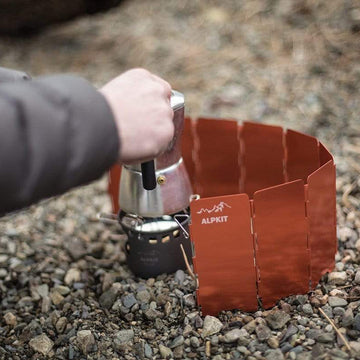
Choosing the best camping stove can be tricky. Learn about isobutane, propane, butane, and how to pick the right fuel type for your next outdoor adventure.
Selecting the right fuel for your camping stove affects cooking times, pack weight, and the ability to cook under diverse environmental conditions, making it a critical decision for any outdoor enthusiast.
If you’re anything like us, packing for a camping trip rapidly descends into a drawn-out deliberation over which of your many camping stoves is going to be the most appropriate. And it doesn’t stop at stoves: your fuel source choice will likely determine which one you take. Do you use gas canisters, liquid fuel or solid fuel? How does Butane differ to Propane and what on earth is Isobutane?
Anyway, enough gassing: we’ve decided to try and answer some of these burning questions.
- Which Type of Fuel is Best?
- When should I use canister gas?
- Butane vs Propane vs Isobutane
- What is liquid fuel?
- Is alcohol good for camp stove fuel?
- Other fuel options

Which type of camping fuel is best?
Like most outdoor kit choices, there’s no simple answer to: “which is the best?” So, before we plunge into the tech-y bit, here's a quick run down of which camping gas we think works best for each scenario.

Canister gas
Used primarily with lightweight bikepacking and backpacking stoves, pressurised canister gas is usually a blend of propane and either butane or isobutane (more on that later). Most of these canisters come with a threaded self-sealing ‘Lindal’ valve, although pierce canisters and aerosols are also common. Whilst not a truly ‘universal thread’, due to canisters having to meet a European Standard (EN417), most stoves will be compatible with most threaded canisters. Our Kraku, Koro and Brukit stoves all use this type of threaded canister gas. (The only brand of gas we’ve encountered problems with on our stoves so far is Coleman gas).
Camping gas canisters are ideal for backpacking as they are easy to use, low on mess, relatively lightweight and deliver fast boil times. Whilst the amount of fuel you take is determined by the size of the canister, they are available in different sizes (usually 100g, 230g and 450g). For one person a compact 100g canister combined with a Kraku and MytiMug 650 is the ideal size for a weekend bikepack and we’ve stretched a 230g cannister out to a week with a Koro in a mild Scottish spring.
How long the canister lasts is determined by a multitude of factors: stove choice, wind, temperature altitude and others. Gas stoves are often designed to try and reduce the impact of these factors – for instance, our Brukit, despite having the lowest power output of our stoves, is by far the most fuel efficient due to its inbuilt windshield and heat exchanger.

Generally speaking, canister gas stoves have greater flame and temperature control than other fuels but this will vary depending on your stove choice. Stoves like the Koro combine this greater flame control with wide burn heads, allowing you to cook more complex meals. Stoves designed specifically for boiling water like the Kraku and Brukit will often have smaller and therefore more concentrated burn-heads, less suited to simmering.
One of the downsides of canisters as a fuel is that they’re not widely available outside of specialist camping shops and areas geared up for camping tourism, so you have to be careful to judge your fuel requirements to perfection. Additionally, there is a noticeable drop off in performance at cold temperatures and in nearly empty canisters as the pressure drops.

Butane vs propane vs isobutane
Not all gas is created equal though. Most brands typically use a blend of Liquefied Petroleum Gases (Butane, Isobutane and Propane), although some do produce canisters containing just one of these gases. The crucial info is their respective boiling points and vapour pressure (the fuel’s ability to vaporise and keep the canister pressurised). Here’s a brief summary:
Butane
- Cheap
- Good option for summer camping
- Boiling point of only -1°C
- Low vapour pressure
- Poor in cold temperatures/at altitude
Isobutane
- Boiling point of -12°C
- Higher vapour pressure due to different structure
- Can be used in colder temperatures
- Expensive
- Typically blended with propane
Propane
- Boiling point of -42°C
- Highest vapour pressure of the three
- Most reliable in cold temperatures/at altitude
- High vapour pressure requires stronger and heavier containers to contain it as a liquid
- Typically blended with Isobutane or Butane to improve their performance
Blends
The simple answer is that, if you want a high performing canister and plan to camp at altitude or in winter, you need as high a proportion of propane as possible, blended with isobutane rather than butane. High quality fuel canisters typically contain 80% isobutane and 20% propane. Certain stoves also have inbuilt features to counteract cold weather performance. For instance, our Koro stoves include a brass pre-heating tube which ensures that the gas is vaporised before it gets to the burner.
Liquid fuel
Liquid fuel typically refers to white gas (confusingly a liquid, additive-free form of petrol) but can also encompass kerosene and even unleaded petrol. Liquid fuel is cheap and widely available across the world (although white gas often only in specialist shops) which makes it an ideal fuel for remote expeditions. Because the fuel bottles for liquid fuel require you to pressurise it yourself, it can be ignited at lower temperatures and higher altitudes than pre-pressurised canister gas. You’re also not confined by pre-packaged containers so you can take as little or as much fuel as you want on trips.
The downside of liquid fuel is that the stoves themselves are often heavier and more expensive than lightweight canister stoves. They’re also less straightforward to use (requiring priming first), messier, have less flame control and need much more maintenance to keep in good working order.

Alcohol
Alcohol is another fuel option to consider if you’re embarking on a long trip to a remote area. Methylated Spirits (also referred to as denatured alcohol), whilst less widely available than petrol-based liquid fuels, can be found in most hardware shops and garages and are a cheaper alternative to canister gas. Alcohol burner stoves are exceptionally simple and light and are often favoured by lightweight backpackers for this reason. Our own Bruler stove has been stripped back to just the burner itself and simple pot supports, but anyone who’s ever been on a Duke of Edinburgh expedition will probably be familiar with Trangia stoves: alcohol burner, windshield and pan sets.
The debate still rages across internet forums as to whether they’re a lighter system overall to use than canister stoves; although the stoves themselves are lighter, alcohol contains significantly less energy as a fuel than Butane or Propane so more fuel needs to be carried. It also takes a lot longer to boil a pan of water with alcohol (usually at least double that of gas or liquid fuel stoves). The flame, being unpressurised, is also more susceptible to wind, requiring an effective wind shield.

Other fuel options
“More?!” you ask. Yep, it doesn't end there. Solid fuel tablets and burners are a simple and light but a less popular fuel than alcohol. They have a similarly low heat output and also: longer boil times, zero flame control and produce an unpleasant odour and greasy film on pan bottoms. They’re usually only available in specialist camping shops.
Fuel gel is a non-toxic and environmentally friendly alternative to alcohol and can be used in the same stoves but, again, can also be difficult to get hold of if you run out mid-trip.
And then there’s always good old wood. Remember wood? From back at the beginning of this article? Before you lost the will to live reading about vapour pressures of isobutane? No? Anyway, whether you use a specific wood stove or an open fire, you need to guarantee being able to find dry, dead wood nearby. You also need to be very careful lighting camp fires in dry weather or when camping in fragile habitats. It's prohibited in some areas for this very reason. Still, nothing makes us feel more like our primal ancestors than a good campfire!


